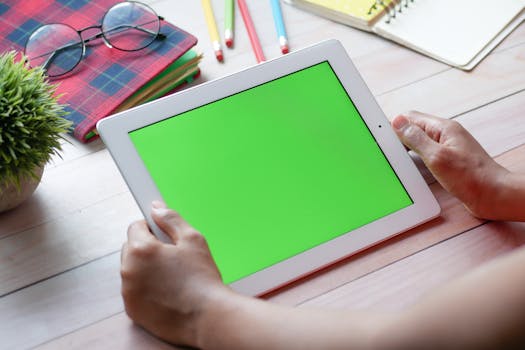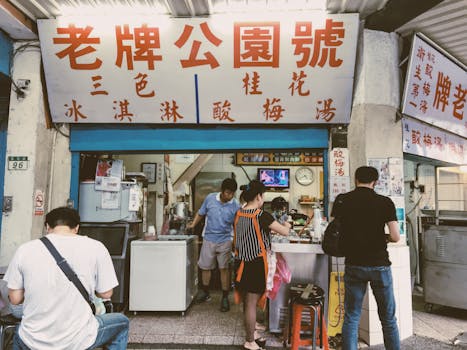Creating travel materials is an essential step for anyone planning a trip, whether for leisure or business. Well-designed travel materials can enhance the travel experience significantly.
From brochures to itineraries, the right materials can provide valuable information that enhances your journey. With thoughtful preparation, any traveler can create stunning and effective travel documents.
This article explores practical steps on how to create various travel materials that cater to your specific needs. Understanding the process can help elevate your travel planning to the next level.
Understanding Different Types of Travel Materials
Travel materials encompass a variety of formats, all serving different purposes. Brochures, itineraries, and maps each offer unique benefits to travelers.
Brochures are ideal for providing highlights about a destination or activity. Effective brochures draw attention to key attractions and experiences.
On the other hand, itineraries support a structured approach to travel planning. Well-organized itineraries help travelers manage their time efficiently.
Finally, maps create a visual context for the journey. They guide travelers through new locations and assist in discerning routes and neighborhoods.
By understanding these formats, you can determine which materials are essential for your travel plans. This foundation allows you to design content tailored to your journey.
Gathering Information for Your Travel Materials
The first step in creating travel materials is collecting relevant information about your destination. Research can be conducted online or through guidebooks.
Document important details, such as local attractions, dining options, and cultural highlights. A well-rounded knowledge base will enrich your travel materials significantly.
Consider integrating statistics and facts that may interest your audience, such as historical information or cultural practices. These elements can make your materials appealing.
Furthermore, note practical details like transportation options and weather conditions. This information is invaluable in helping travelers prepare for what lies ahead.
Finally, remember to check for accuracy in all the details collected. Reliable information lends credibility to your travel materials, enhancing their effectiveness.
Designing Your Travel Materials
Once you’ve gathered all the necessary information, the next step involves designing your materials. Choose a layout and format that suit your purpose.
For brochures, consider multi-fold designs that can present engaging visuals alongside vital information. Use high-quality images to capture the audience’s attention.
For itineraries, opt for a clean, easy-to-read format. Use tables or lists to organize destinations, activities, and timings clearly.
When creating maps, software design tools can help you customize the appearance. Ensure that landmarks and routes are clearly indicated for easy navigation.
Moreover, don’t forget to include contact information or links to websites where travelers can find additional resources. This is essential for fostering connections.
Incorporating Visuals into Travel Materials
Visuals play an essential role in making travel materials eye-catching and engaging. High-quality graphics can communicate information quickly and effectively.
Utilize vibrant images that showcase the destination, including landscapes, landmarks, and local cuisine. Rich visuals can stimulate interest and excitement in the traveler.
Charts and infographics can present data attractively, allowing travelers to digest information at a glance. Consider these tools to summarize key facts succinctly.
Maps, as visuals, guide travelers geographically. Include clear labeling of important spots like hotels, attractions, and eateries for better orientation.
Finally, remember that combining visuals with concise text creates a balanced experience for the reader. Aesthetics are essential, but clarity should remain a priority.
Making Use of Technology for Travel Materials
Technology provides numerous tools to create and enhance travel materials effectively. Online platforms offer a variety of resources to assist with design and distribution.
For example, graphic design software can help you create professional-looking brochures and itineraries. Programs like Canva are user-friendly and accessible.
Mobile apps also support on-the-go travelers by offering digital itineraries. These can be updated in real-time, catering to any changes during the trip.
Additionally, consider utilizing website tools that allow travelers to customize their itineraries or travel suggestions. Personalized options improve user engagement.
Finally, sharing your materials digitally can expand your reach. Social media and email distribution can spread the word about exciting destinations and travel opportunities.
Reviewing and Revising Your Travel Materials
Before finalizing your travel materials, it’s crucial to review and revise them carefully. Proofreading ensures there are no errors or inaccuracies that could mislead travelers.
Check for grammatical issues and typos, as they can detract from the materials’ professionalism. Make necessary corrections for a polished final product.
Moreover, consider asking others to review your materials for feedback. Fresh eyes may catch things you missed, enhancing clarity and effectiveness.
Revise content based on feedback and your instincts as the creator. A critical review can improve the structure, visuals, and overall message.
Finally, periodic revisions keep the materials relevant. Updating information regularly ensures that your travel materials remain useful for future travelers.
Distributing Your Travel Materials Effectively
Once your travel materials are ready, the next step is distribution. How you distribute these materials can significantly impact their reach and effectiveness.
Consider the audience and where they are likely to access your materials. Digital formats work well for tech-savvy travelers, while printed versions may appeal to traditionalists.
Leverage social media platforms to promote your travel materials widely. Sharing visually appealing posts can attract more audience engagement.
Moreover, collaborating with local businesses or tourism offices for distribution boosts visibility. Brochures can be placed in hotels, restaurants, or tourist information centers for wider exposure.
Finally, always provide an easy way for travelers to reach you or find more information. Include contact details or links to relevant web resources.
Conclusion
Creating effective travel materials involves several steps, from gathering information to designing and distributing them thoughtfully. Each component plays a vital role in enhancing the overall travel experience.
Engaging designs, accurate content, and effective distribution can maximize the impact of your travel materials. In turn, this can foster connections between travelers and destinations.
By following these guidelines, anyone can create impressive and useful travel materials that enrich not only their own journeys but also those of fellow travelers.
Embrace your creativity, utilize technology, and refine your materials regularly. With dedication, your travel materials will speak volumes about your destinations.
Ultimately, well-crafted travel materials can inspire exploration and create unforgettable experiences for everyone involved.


